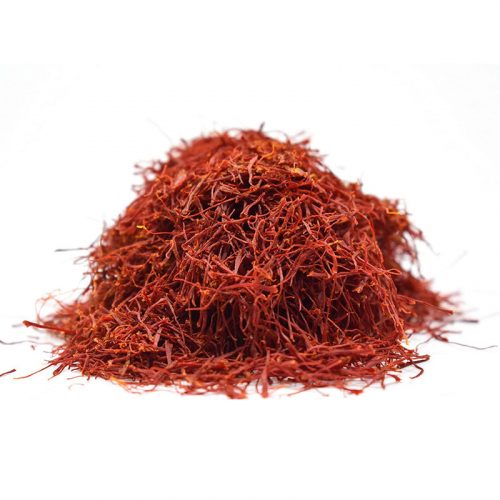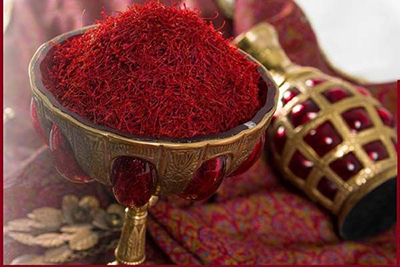
Today, saffron is known as a versatile plant that has been used all over the world.
Saffron is a plant that grows through saffron bulbs. The onion of this plant has a brown straw that protects it. After the onion is planted, it begins to grow and form a stem at the end of which a bud is formed.
After flowering, you will encounter a purple flower with 6 beautiful petals that protect the 3 red stigmas. These three red stigmas are the same delicious substance that is prepared with great effort.
Unlike other spices, saffron has different types, in each of which, the saffron strands are not the same, and this difference depends on the type of harvest, separation (filling) of saffron flowers, the climate of the region, and finally its quality.

We have listed the types of saffron from the highest quality to the lowest quality.
Other saffron products also include saffron petals, saffron yellowing.
Saffron exports are about 10% for straw, 10% for Negin, 40% for Negin and 40% for Mumtaz, respectively.
About 250 tons of saffron is produced annually in the world, with Iran producing 230 tons of saffron, ranking first in the world in terms of quality and quantity.
Of the 230 tons of saffron obtained in Iran, about 30 tons are exported for domestic consumption and another 200 tons to more than one hundred countries.

ATT Trading Company provides saffron export services for exporting and sending saffron in various first-class export models in bulk and packed from one kilogram, along with all customs affairs.